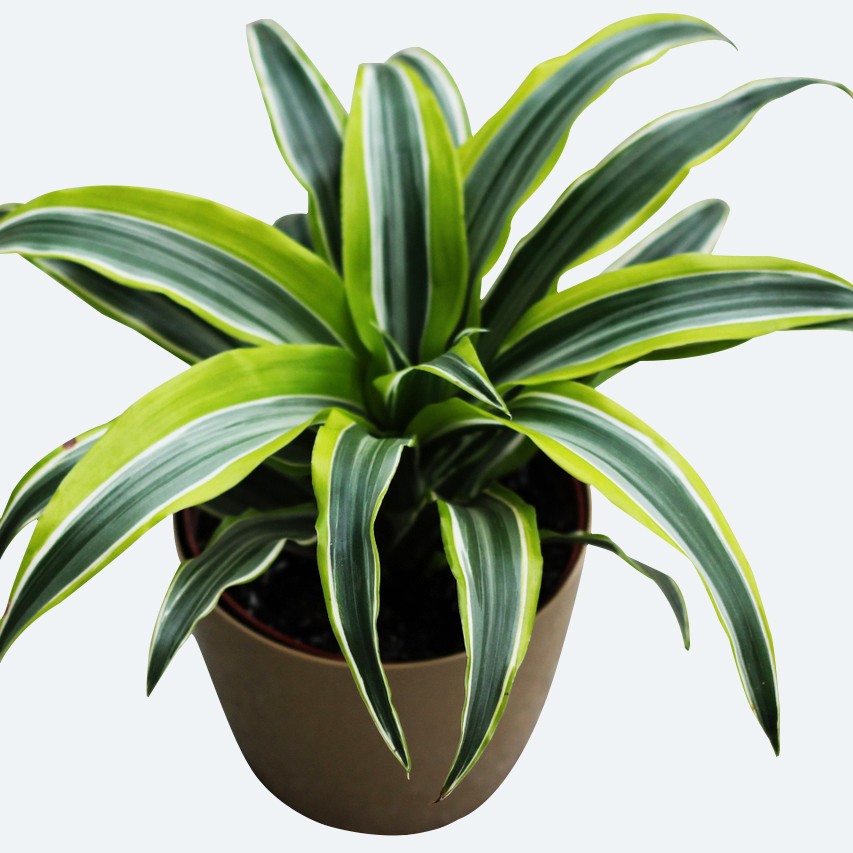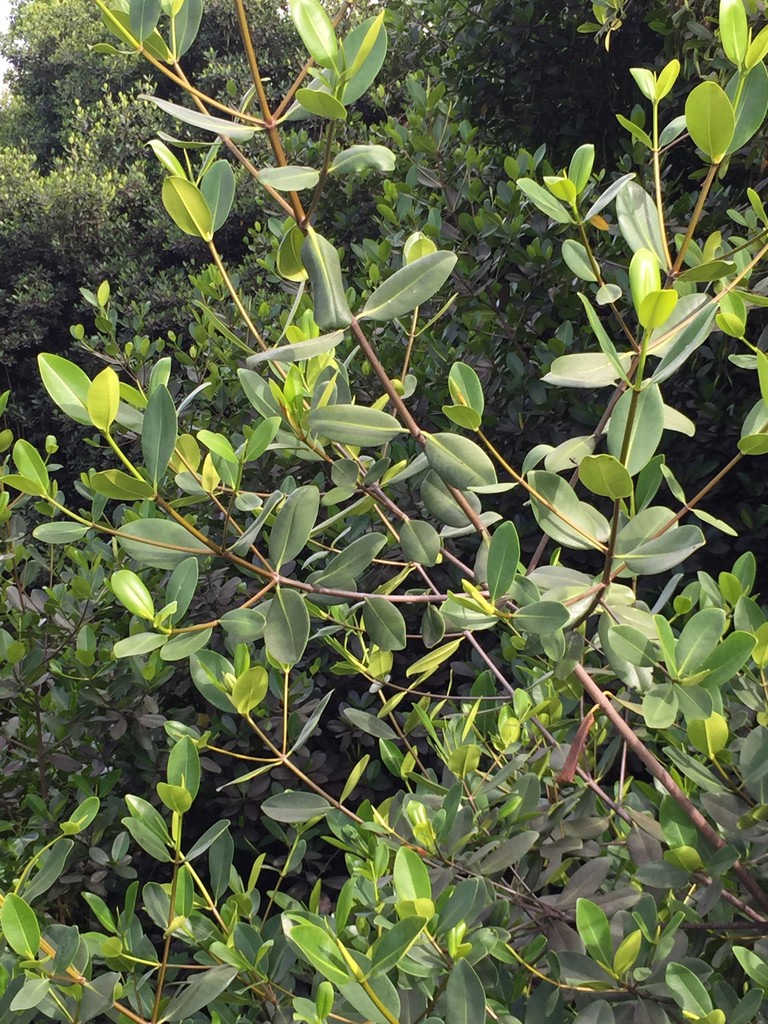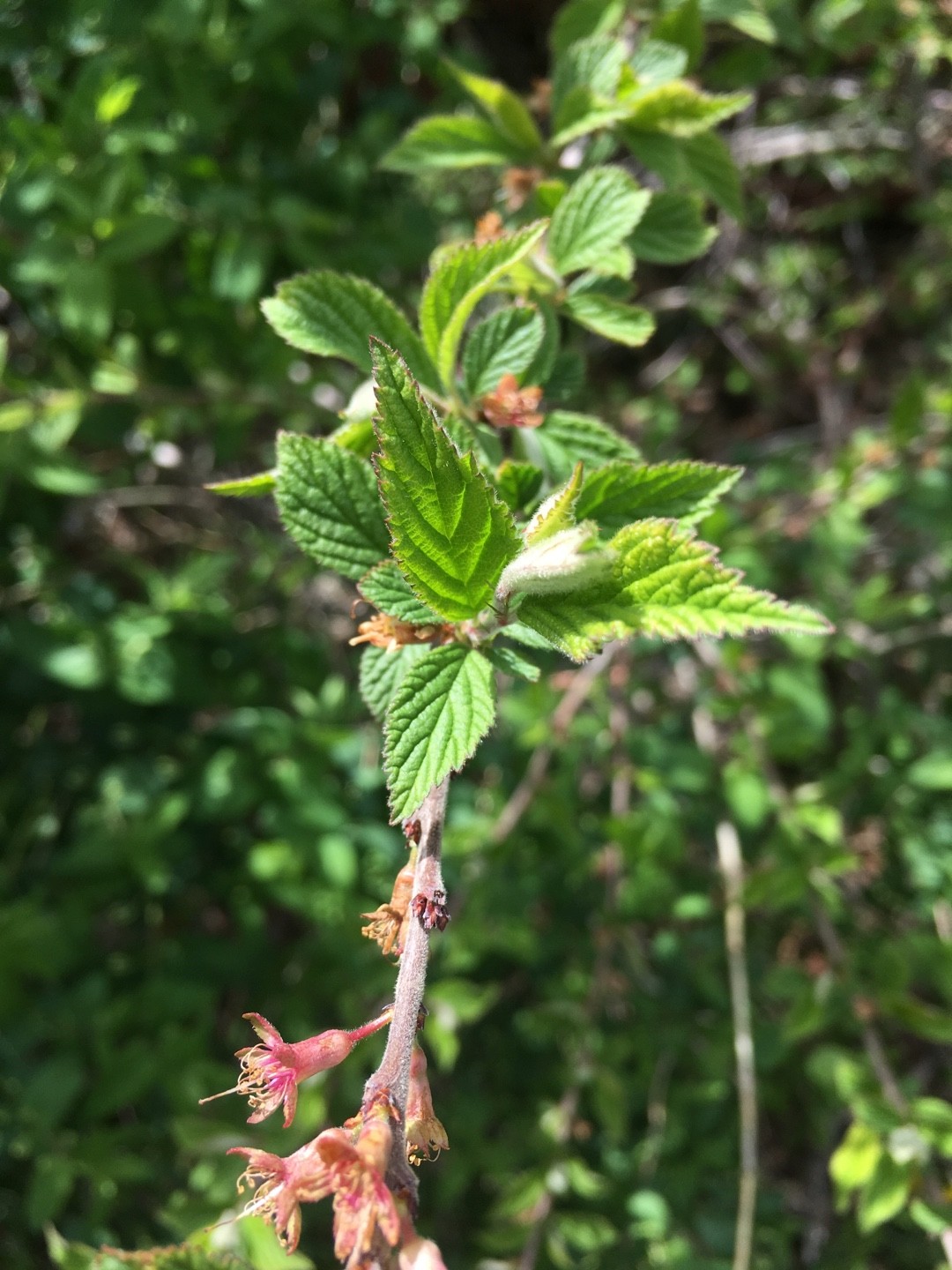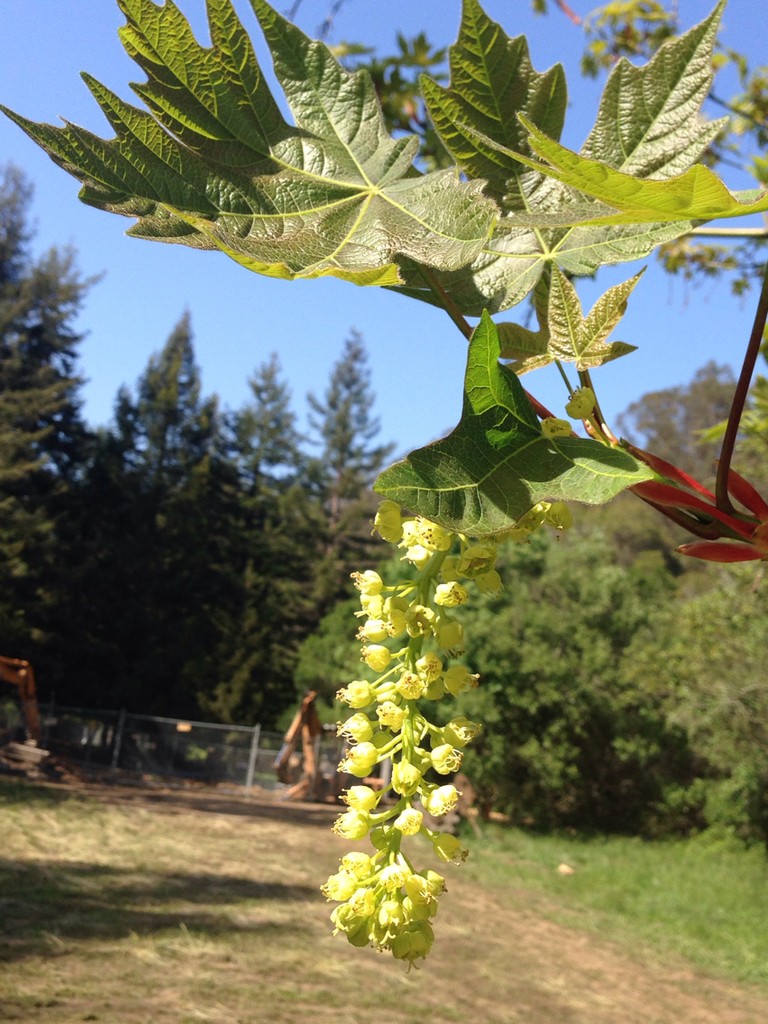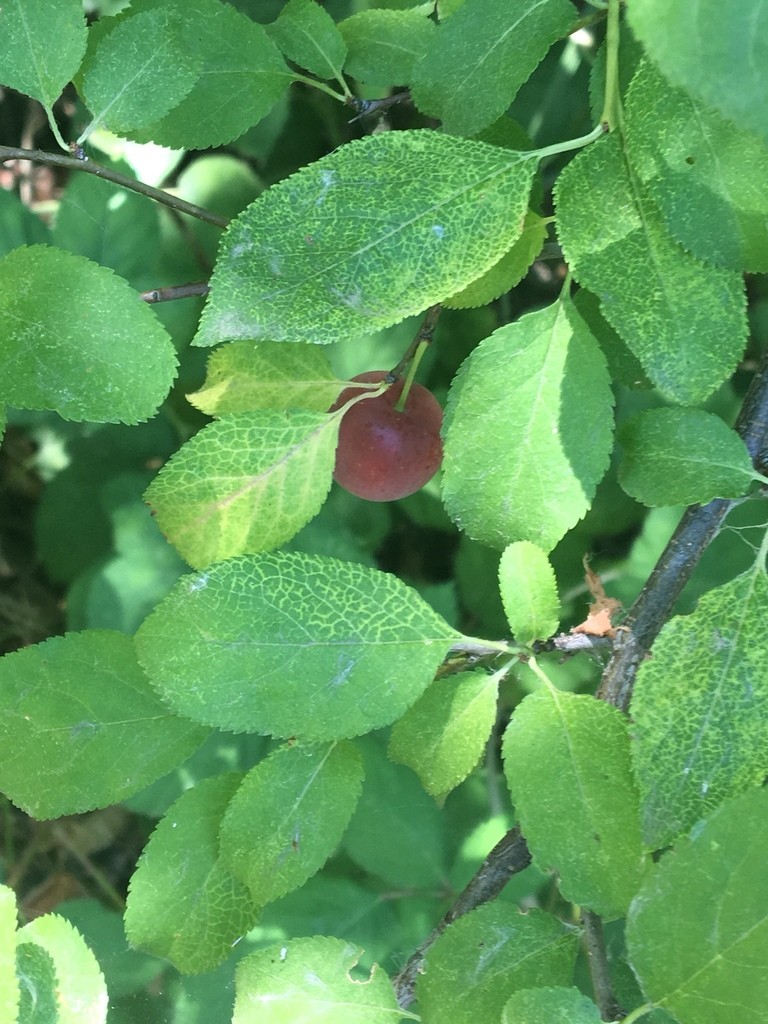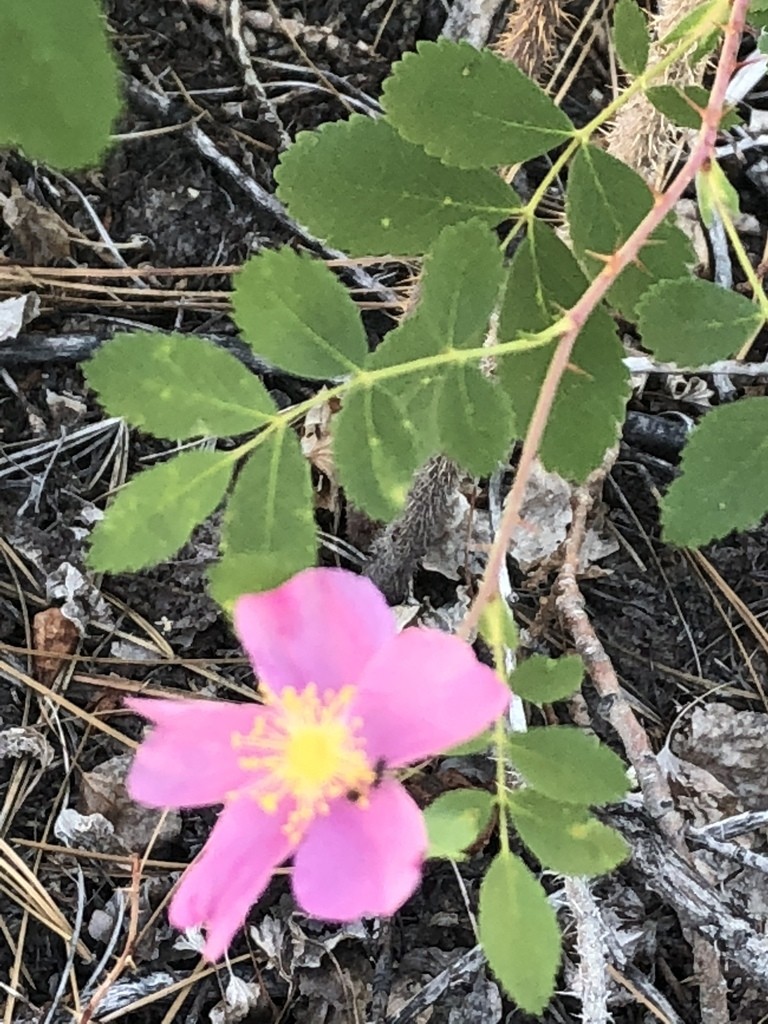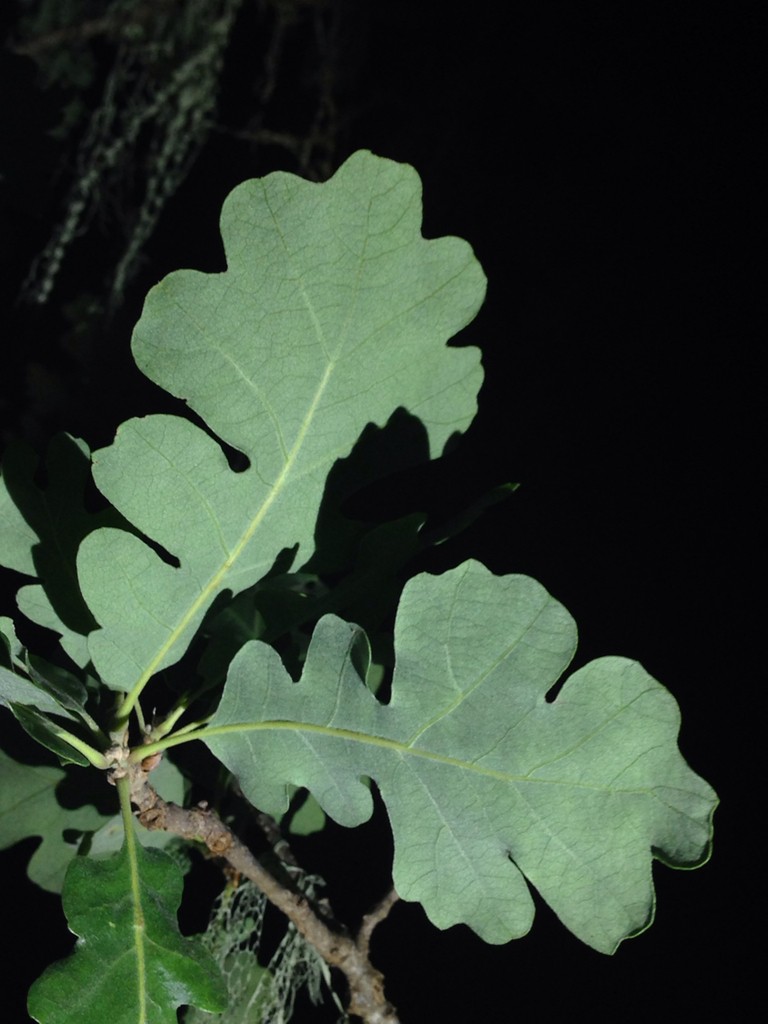Plumed cockscomb 'Flamingo Feather'
Plumed cockscomb 'Flamingo Feather' sports light pink blooms, a striking contrast when compared to its parent plant, Celosia argentea, which produces bright red flowers. This cultivar is also much taller than its parent, sometimes growing to two meters tall. When you look at this plant's blooms, the name "Flamingo Feather" makes perfect sense.












